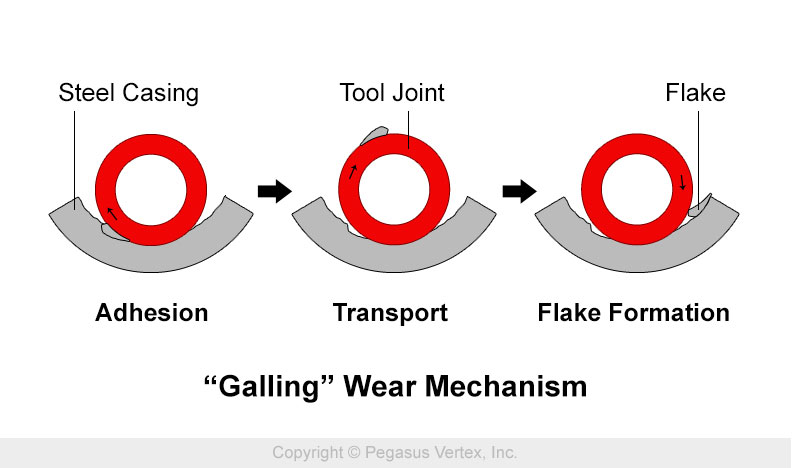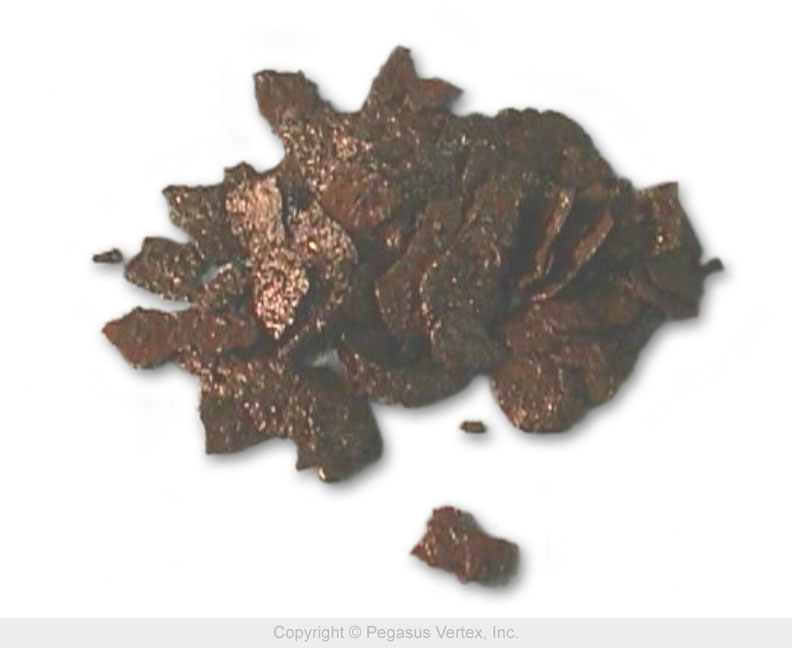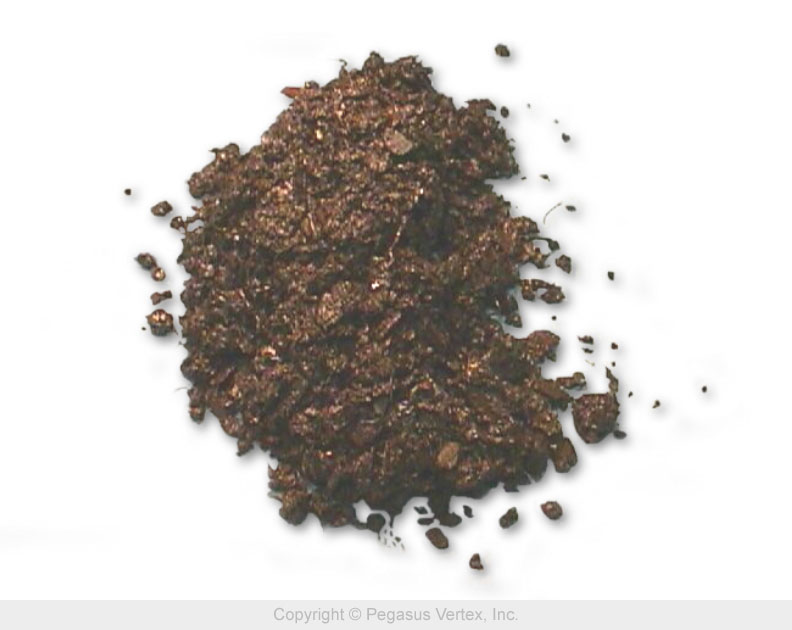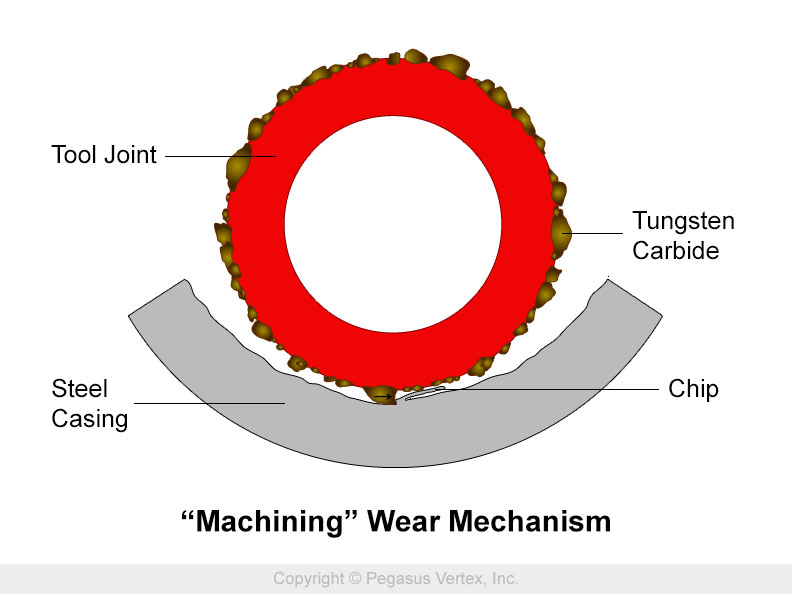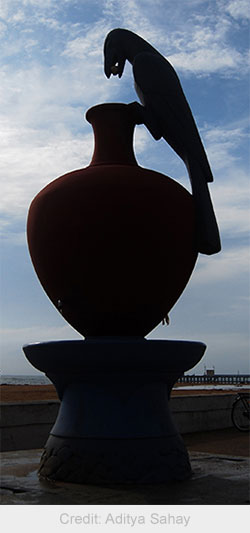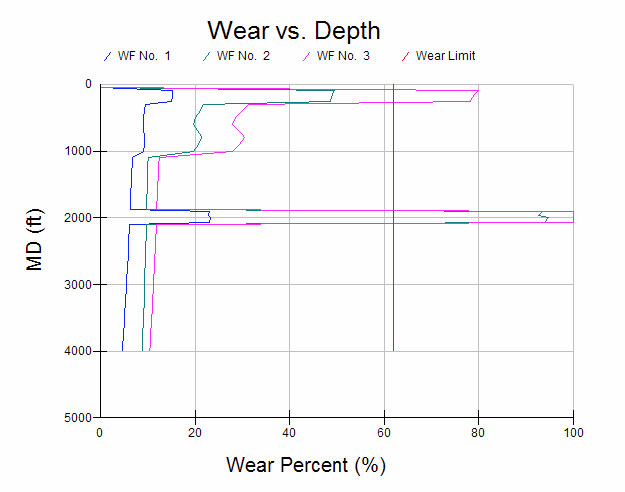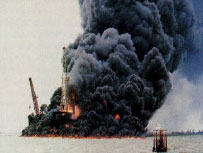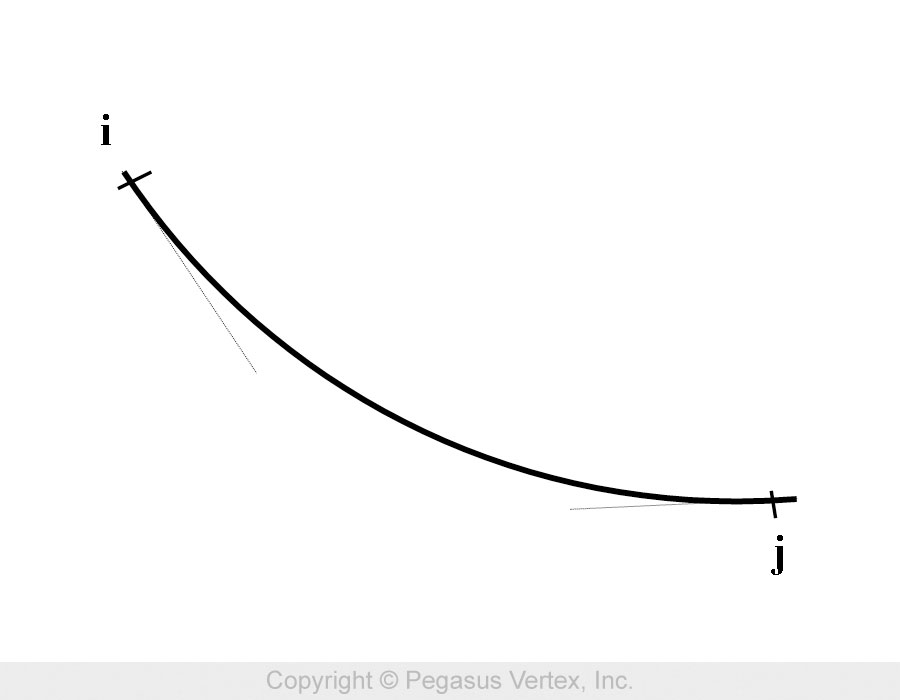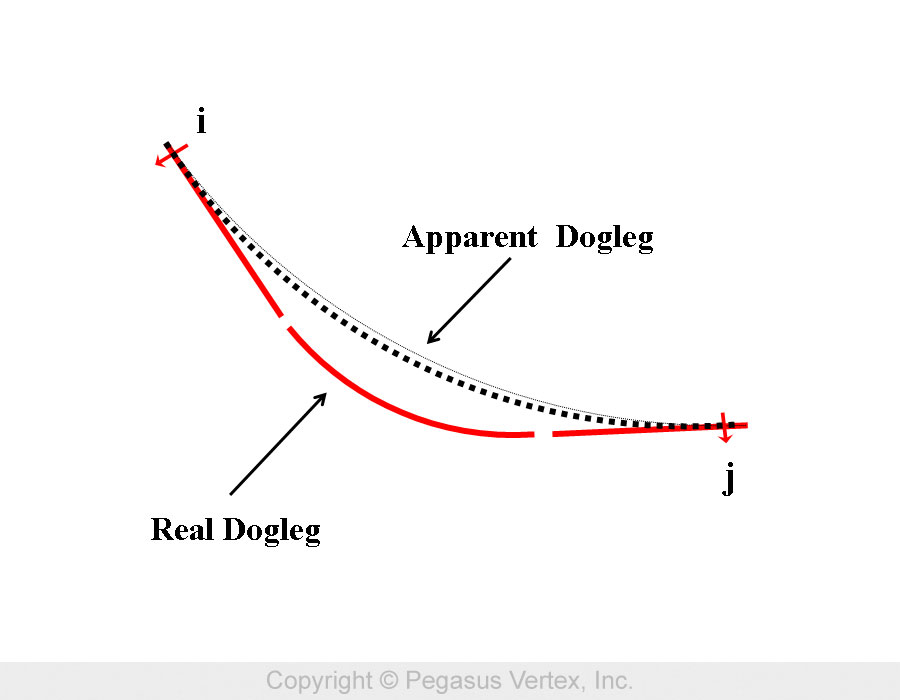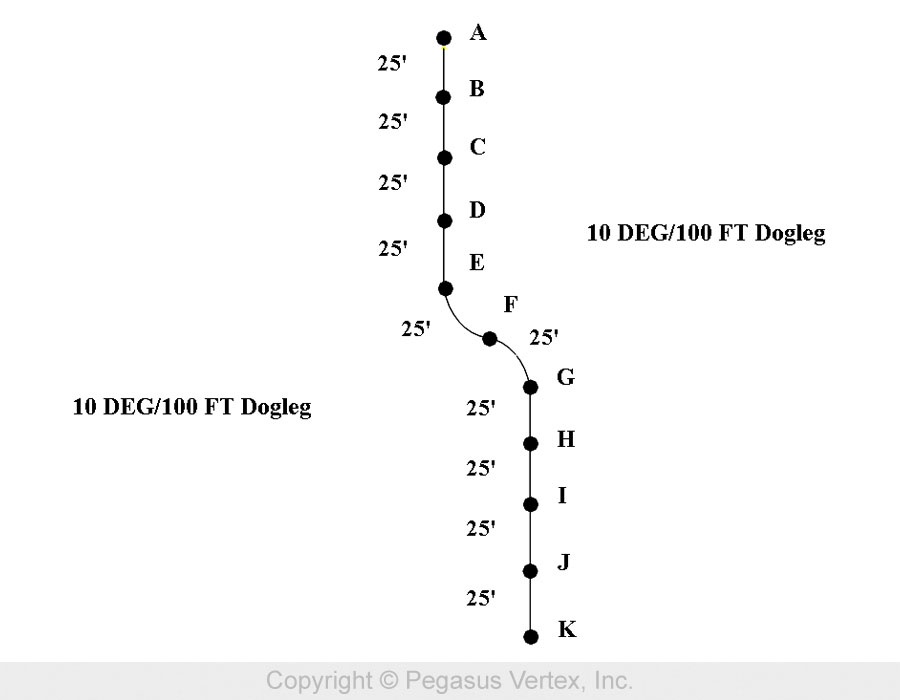In August 2012, Brandon Cook, from Wilton, New Hampshire, was visiting his grandmother, who was ill with cancer in the hospital. His grandmother was longing for her favorite clam chowder from Panera Bread. However, Panera only sells clam chowder on Friday. So Brandon called the nearby Panera and talked to store manager Suzanne Fortier. Not only did Sue make clam chowder especially for Brandon's grandmother, she included a box of cookies as a gift from the staff. 
This small act of kindness created an earthquake when Brandon told the story on his Facebook page, and Brandon's mother, Gail Cook, retold the story on Panera's fan page. Gail's post generated 500,000 (and counting) "likes" and more than 22,000 comments on Panera's Facebook page.
On one hand, this story shows the power of social media and how the "word-of-mouth" can boost a company's reputation. On the other hand, no matter how busy the world is getting and how hard businesses are trying to make more profit, little has changed in terms of compassion and caring of human being.
Another story was told by Jeff Bezos, founder and CEO of Amazon.com, to the graduating seniors of Princeton University. During a summer road trip with his grandparents when he was a 10-year-old boy, Bezos, fed up with his grandmother's smoking in the car, calculated his grandmother’s consumption rate of cigarettes, the health risk of each puff, and announced to her with great fanfare, "You've taken 9 years off your life!"
The unexpected reaction was that his grandmother burst into tears and his grandfather pulled the car off to the side of the road and asked young Jeff to step out. His grandfather did not beat him, instead, he gently and calmly said, “Jeff, one day you'll understand that it's harder to be kind than clever.”
There is an old saying, “Business is business. It’s not personal.” But in fact, everything about business is personal.
Kindness should go both internally and to clients. Business is all about creating a “feeling” of trust. Smartness itself does not secure a trust. People may be impressed by your cleverness, but they care more how much you care for them. Jeff's story about telling his grandmother that she was taking 9 years off of her life was about being right, rather than being kind. Actually, in many cases, there are ways to be both correct and kind. And more importantly, kindness should be over the smartness.
In our drilling software business, kindness is expressed in terms of user-friendliness, among other aspects. What we try to do is to convert complicated calculations into intuitive tools, which people can use it with ease, without training.
We realize that no matter how smart we are or try to be, if the software is designed only to show our smartness, not with our clients in mind, then, it will be doomed to fail.
Regarding the software usage, no one ever looks back on their life and says, “I wish I’d spent more time at that software.” For us, software is our core business and we are proud of creating the best of the suites. For our clients, our products are tools to facilitate their job, so they can spend less time doing calculation and more time to make technical decisions.
Theodore Isaac Rubin, an American psychiatrist and author, said: “Kindness is more important than wisdom, and the recognition of this is the beginning of wisdom.”
Small genuine acts of kindness can go a long way, in business world as well as in our personal world. Something all of us should definitely keep in mind.



